Eating on a Budget
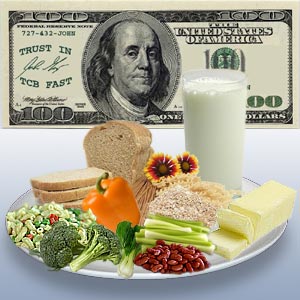
The fear of financial meltdown and layoff notices has forced people to explore ways of eating on a budget. However, certain unwanted myths put off people when it comes to eating on a budget. As many of you think, eating on a budget definitely does not mean that you have to consume food with lower quality and price.
You can still have quality meals within your budget, provided you have a smart plan before you shop. Draft a neat list before you head for the supermarket next time. Avoid shopping for junk foods, alcohol and foods that are high in saturated fats. Most of them are not healthy and are often expensive too.
Do not shop on an empty stomach. This might reduce your temptation to shop for junk foods or snacks that are costly. Shop the peripheral areas of the store as it might have the collection of healthier foods, which are generally inexpensive.
Choosing the right product that does not burn the hole in your pocket is imperative as you plan for eating on a budget. Following are certain tips that come handy when you shop for eating on a budget without compromising your health.
Eating on a budget tips
Grain products - Try whole grains, macaroni, bread, rolled oats and hot cereals. Chose plain pasta shapes like macaroni and spaghetti, which are generally cheaper than the fancy shapes. Whole grains cereals are the best compared to sugary ones and are more economical and nutritious as well. When shopping for whole grain cereals ensure that it has less than 5 grams of sugar and at least 2 grams of fiber. Avoid rice and pasta mixes, as they are costlier than plain rice and pasta. Try long grain rice, especially the brown rice that is rich in nutrients. Long grain rice is mostly half the cost of minute rice and takes only 15 minutes to cook.
Milk Products - Skim milk powder, evaporated milk, cheddar cheeses, and plain yogurt might help you for budget friendly eating. Skim milk powder is rich in calcium and proteins and could be used for cooking, baking in sauces, pudding, soups, hot cooked cereal, mashed potatoes and pasta dishes. Add 75 ml of skim mild powder to 250 ml of water and use it in places of fluid milk. Buy plain yogurt and flavor it yourself by adding your favorite fruit.
Vegetables and Fruits - Buy plain, bagged frozen vegetables instead of the boxed ones. Frozen vegetables are usually inexpensive and are lower in fat and salt. Avoid shopping for cut-vegetables. Pre-cut your vegetables at home and store them in the refrigerator. While buying juices, avoid beverages labeled 'fruit drink', 'fruit punch', or 'fruit beverage' that are generally high in sugar and contain little fruit extracts. Buy juices labeled 100% fruit juice. The best buy would be frozen orange juice concentrate.
Meats and Alternatives - As everyone knows, meats are the most expensive item on the food budget. Considering your budget, you can try some cheap alternatives instead of full meats. Buy cut meats and preserve them. Dried or canned beans and lentils could be an ideal alternate for meat. They are rich in fiber and lower in fat and are inexpensive too. Purchase utility grade poultry and plain frozen fish that are usually cheaper.
Understand shopping for generic brands could help you in planning your eating on budget. Remember, generic brands share the same nutritional values of the food and are no different from branded ones.
If you plan to meal out then have lunch on a Saturday than a dinner, which is generally cheaper. Some restaurants let you order the lunch portion of the meal alone that is inexpensive. Find out whether the restaurant has a carryout option. This might save you from tipping a server and have beverage of your choice at home.
Top of the Page: Eating on a Budget
Tags:#eating on a budget
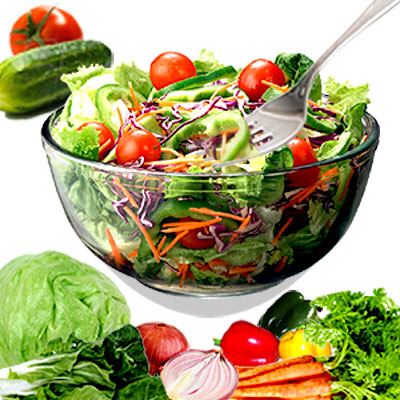 Food and Nutrition Facts
Food and Nutrition Facts Chamomile
Parsnip Soup
Dim Sum
Gazpacho Soup
Whole Grain Cereal
Jicama Nutrition
Bok Choy Stir Fry
Chia Seeds Benefits
Teff Nutrition
Kaniwa
Flax Seed
Wheatgrass Benefits
Kelp Benefits
Types of Chili Peppers
Medicinal Benefits of Pomegranate
Arugula Leaves
Maca Root
Pitaya Fruit
Benefits of Celery
Leek
Asparagus Benefits
Oyster Stew
Oyster Mushroom
Lupin Beans
Quinoa
Freekeh
Extra Virgin Olive Oil
Dill Pickle
Sauerkraut
Fat Burning Foods
Nutrition Chart
Food Combining
Calorie Counter
calories ...
Non Alcoholic Beverage
Punch Recipes
Food Label Nutrition
Homemade Sausages
Cooking Steak
Eating on a Budget
Budget Friendly Recipes
Quick Recipes
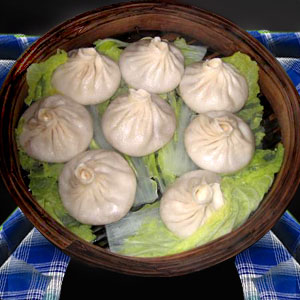 Healthy Packed Lunch
Healthy Packed Lunch Overnight Oats Recipes
Eggplant Casserole
Brunch Recipes
Burrito Recipes
Muffin Recipes
Cupcake Frosting
Apple Crisp
Stir Fry Cooking
Seafood Salad Recipe
Cooking Corn on the Cob
Finger Food Recipe
Sandwich Recipe
Bread Stuffing Recipes
Easy Chili Recipes
Picnic Recipes
Edible Mushroom Recipes
Mushroom Soup Recipes
Dip Recipe
Tapas Recipe
Corned Beef Recipe
Canned Salmon Recipe
Tilapia Recipes
Crumb Cake
Flourless Chocolate Cake
Regional Food
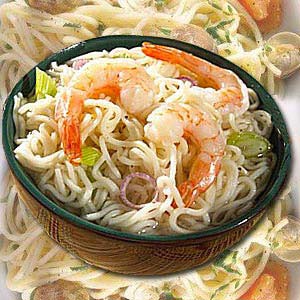 Lasagna Recipe
Lasagna Recipe Peruvian Ceviche
Chinese Food Recipe
Vietnamese Food Recipe
Malaysian Food
Korean Food Recipe
Indian Curry Recipe
Edible Rice Paper
Mexican Food Recipe
Quesadilla
Guacamole Dip
Italian Food Recipe
Spanish Food Recipe
Kosher Food
Falafel Recipe
Tandoori Chicken
Noodles
Canape
Couscous
Meatloaf
Chowder
Gumbo Recipe
Crockpot Recipes
Moroccan Food
Healthy Food
Pre Workout Snack
Matcha Tea
Simple food Swaps to Lose Weight
Foods to Beat Stress
Foods to beat Insomnia
Bone Density Foods
Prebiotic Foods
Kefir Grains
Agave Nectar
Spicy Trail Mix
Pesto Sauce
Homemade Hummus
Crab Cake Sauce
Bamboo Shoots Nutrition
Lemon Grass Plant
Butter Beans Recipes
Loose Green Tea
Seaweed Nutrition
Healthy Food
Low Fat Granola Bar
Steel Cut Oatmeal
Fruit Pizza
Pizza Toppings
Green Smoothie
Healthy Meal Planning
Delicious Mealtime Recipes
Heart Healthy Fats
Healthy Heart Recipe
Healthy Dinner Recipe
Healthy Dessert Recipe
Healthy Fast Food
Healthy Kid Recipe
Probiotic Food
Diabetic Friendly Foods
Fruit Salad Recipe
Bread Pudding
Tofu Recipe
Oat Bran
Broccoli Salad
Avocado Recipe
Iron Rich Food
Brain Foods
Antioxidant Food
Natural Diuretic
Low Fat Cooking Tips
Rice Pilaf Recipe
Low fat Chicken Recipe
Food Tips
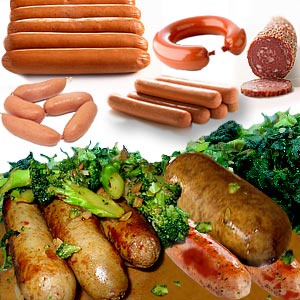
Sous Vide Cooking Technique
Natural Sugar Substitute
Stevia Sugar Substitute
Sunflower Seeds Nutrition
Bouquet Garni
Cake Decorating Tips
High Satiety Foods
Thanksgiving Dinner
Safe Food Storage
Frozen Food Storage Tips
Cold Storage Food Tips
Leftover Recipe
Food Pyramid
Dairy Free Food
Microwave Cooking
Food Intolerance
Homemade Ice Cream
Apple Cider Vinegar
Benefits of Honey
Beverage Cooler
Food Poisoning Symptom
Food Allergy Symptom
Food Addiction
Top of the Page: Eating on a Budget
Popularity Index: 100,758

